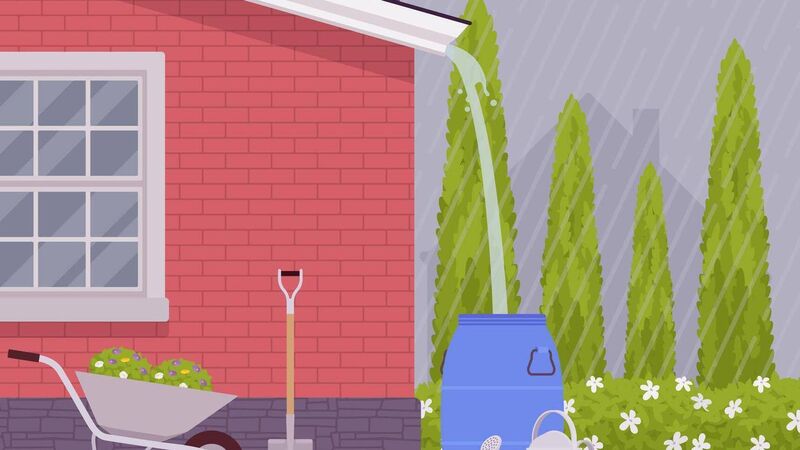Donal Hickey: What happens if water stops flowing?

With our growing population, there will be challenges to provide sufficient drinking water, especially to Dublin and other areas with large populations so water conservation is important
Is there anything we take for granted more than the water that seems to flow so freely from our taps?
Water supplies, however, are not infinite as we learned in recent summers marked by conservation appeals during periods of drought and temperatures hitting more than 30°C. And, with climate change, warmer summers with even longer rainless spells are forecast.
Freshwater lakes, rivers — and the fish, insect, and plant life they support — are becoming ever more vulnerable due to water abstraction, which raises that crucial issue of sustainable water use.
Taking too much water not only leads to scarcity: there’s also the drying up of already diminishing wetlands and reductions in water quality as the effects of pollutants entering lower water levels are increased.
Inland Fisheries Ireland (IFI) says planning applications for various developments should take into account the effects of water removal on rivers, lakes, and fish species.
CLIMATE & SUSTAINABILITY HUB
IFI says changes in the flow of water, or its removal, can be extremely harmful to migratory fish like salmon, sea trout, and eel, which are already stressed as a result of climate change.
Such conditions make fish migration even more difficult and show how vulnerable these species are to changing climate and other pressures.
IFI chief executive, Francis O’Donnell, says we must ensure river flows and lake levels can support various life forms, whilst allowing the use of water for drinking supplies, agricultural, industrial and recreational uses. It is imperative all water resources are managed sustainably, he stresses.
Average daily water consumption in Ireland is 113 litres per person, according to the Oireachtas Committee on Water — high by European standards. At the same time, large amounts of water are wasted through leaking pipes and running taps.
Nationally, leakage levels are estimated at around 40%, which is enormous given how expensive it is to treat and supply water for public consumption. Research shows that more than 50% of households admit wasting water. Irish Water plans to get leakage down to 25%, nationally, and to 20%, in Dublin, by 2030.
With our growing population, there will be challenges to provide sufficient drinking water, especially to Dublin and other areas with large populations.
Before global warming was heard of, we’ve had droughts in this country: the Icarus research group at NUI Maynooth came upon records of the Shannon running dry in Athlone. So what does that say for the great river’s capacity to supply Dublin, as is being mooted?
Finally, tips from Irish Water for gardeners: water plants early in the morning, or late in the evening, to limit evaporation. Also, remember to boil just enough for that cuppa.





